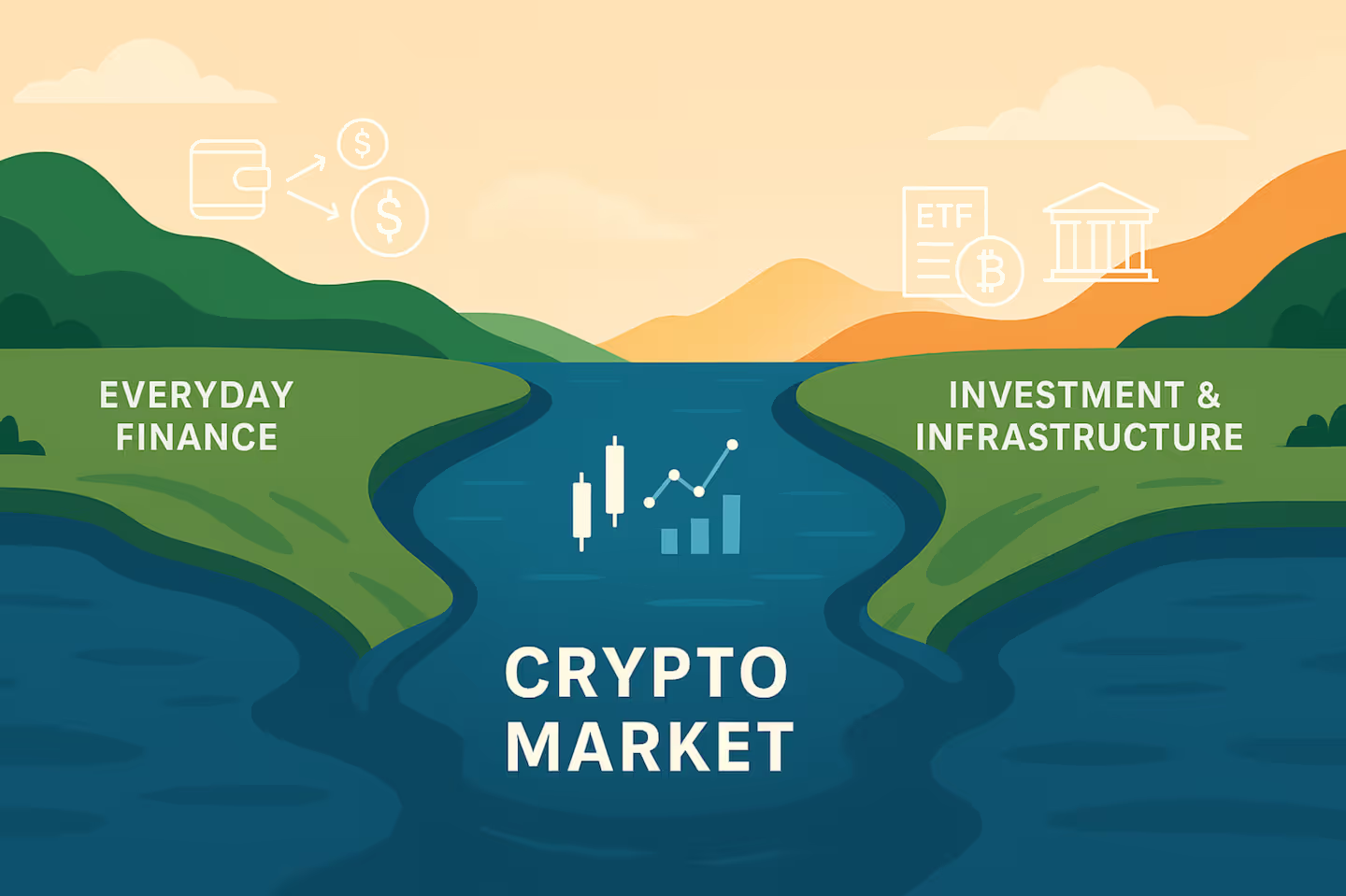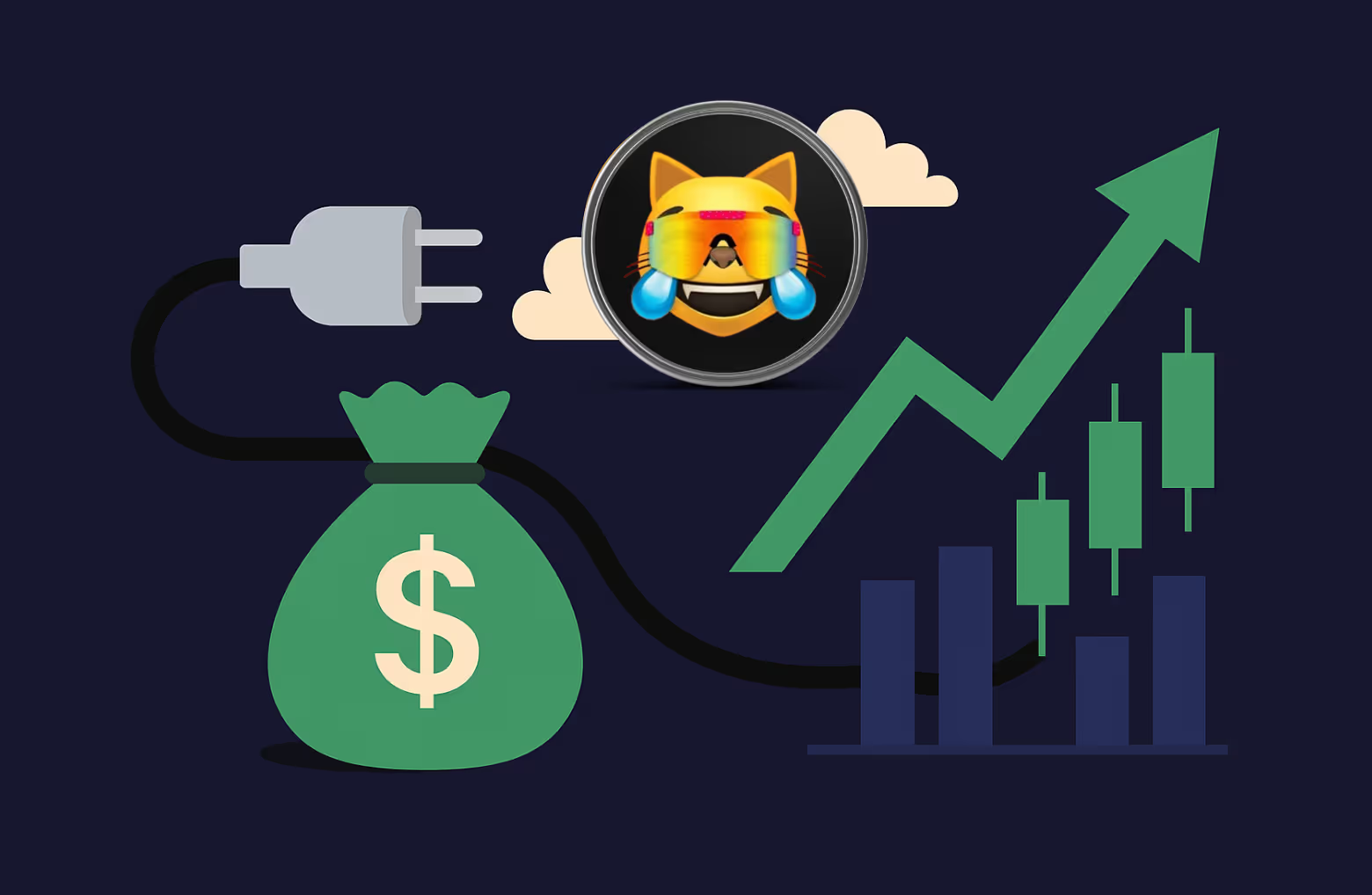Pump.fun and the Meme Coin Machine
Pump.fun turns meme coin creation into a 24/7 on-chain speculation engine.
Introduction
When meme coins first emerged, they were spontaneous, chaotic, and mostly unserious. Now, with tools like Pump.fun, meme coin creation has become a repeatable formula—a system. Anyone can launch a token with a meme, a name, and a viral idea in minutes. What was once a cultural quirk is now a scalable product, and it’s reshaping the way capital, attention, and identity flow on-chain.
Meme Coins Go Modular
Pump.fun has turned meme coin launches into an interface—accessible, gamified, and fast. It’s the meme coin equivalent of Shopify: plug in your idea, mint your coin, and watch it go live. With the cost of token creation near zero and attention as the only input, it’s a launch model built for virality, not fundamentals.
Insight: The meme coin factory is open 24/7—and anyone can mint culture.
What’s Being Tokenized Isn’t Utility—It’s Attention
Meme coins launched via Pump.fun rarely promise roadmaps, products, or governance. What they offer instead is momentum. Each coin becomes a bet on a meme, a vibe, or a moment. This shift from function to mood-based speculation reframes the question: what gives a token value?
Takeaway: These aren’t tokens of infrastructure—they’re tokens of interest.
The Liquidity Flywheel
Pump.fun doesn’t just launch coins—it launches them with liquidity incentives. Projects build Telegram groups, memes, and hype engines around each coin, and attention quickly turns into order flow. Some tokens get listed on aggregators like Birdeye or Dexscreener within hours, drawing in even more capital.
But there’s a risk: when liquidity precedes utility, sustainability is rarely part of the plan.
Meme-as-a-Service Is Here
We may be entering a new stack era: meme creation tools + instant launch infra + DEX exposure + viral community building. This “meme economy” is forming rails that traditional projects envy. In some cases, these launches outperform dApp metrics for active users, transactions, and wallet activity.
Question: Is this frivolous finance—or the most effective onboarding funnel in Web3?
The Volatility Machine: Why Meme Coins Trade Like Fireworks
Pump.fun tokens are hyper-volatile by design. Without vesting schedules, governance, or roadmap commitments, market participants understand the clock is always ticking. Most tokens follow a predictable pattern: they launch, spike on attention, and collapse once momentum fades.
Common patterns include:
- Flash rallies in the first 15–60 minutes
- Liquidity drying up after volume peaks
- 90%+ drawdowns within hours or days
- Bot-driven volatility, including MEV extraction and sniper bots
Only a handful of meme coins build post-launch traction. Most exist in a speculative loop—from mint to peak to irrelevance—within 24 hours.
Takeaway: Meme coins aren’t designed to hold value—they’re designed to capture and burn attention.
Liquidity as Narrative Fuel
Liquidity isn’t just a technical feature in meme coin launches—it’s part of the story.
Pump.fun coins often launch with pre-set bonding curves or seeded LP pools. These provide enough depth for early trades, but also incentivize quick in-and-out behavior. With no formal tokenomics, liquidity is thin, reactive, and driven entirely by sentiment and virality.
Observed patterns:
- Initial liquidity is front-loaded via bots and whales
- Trading depth is usually confined to a single DEX (e.g. Jupiter on Solana)
- Listings on Birdeye or Dexscreener often trigger a second wave of volume
- Tokens with higher meme traction may even attract CEX attention ($BODEN, $MOG)
This model works—until it doesn’t. Without reinforcement loops (like staking, treasury-backed LPs, or long-term incentives), liquidity eventually disappears, often stranding late buyers.
Question: Could future meme coins adopt “liquidity memes”—shared treasury ownership, lockdrop mechanisms, or community LP incentives?
So What Makes a Meme Coin Stick?
For every $BODEN or $MOG, hundreds of tokens die within hours. The ones that survive do more than ride a trend—they build memes with community, consistency, and surprise. Some even fund builders or give back to the ecosystem. In that sense, we’re watching a natural selection process in memetics.
Conclusion
Meme coins are no longer just market noise. They’re programmable culture—and Pump.fun may be the new meme engine driving Web3 engagement. As the line between speculation, identity, and participation continues to blur, the meme coin playbook is evolving—and it’s only just getting started.
Related Reading:
Discover why meme coins are more than just a joke, and how they’ve become powerful cultural and financial forces in Web3: The Cultural Power of Meme Coins.
Explore how NFTs are evolving beyond art to power identity, access, and ownership in Web3: Beyond the JPEG: How NFT Utility Is Quietly Evolving.
Others articles

Thought leadership
FCA CP25/25 brings UK crypto under full FSMA rules, setting new institutional standards.

Thought leadership
Two-speed crypto adoption: everyday finance and investments converge in the market.

